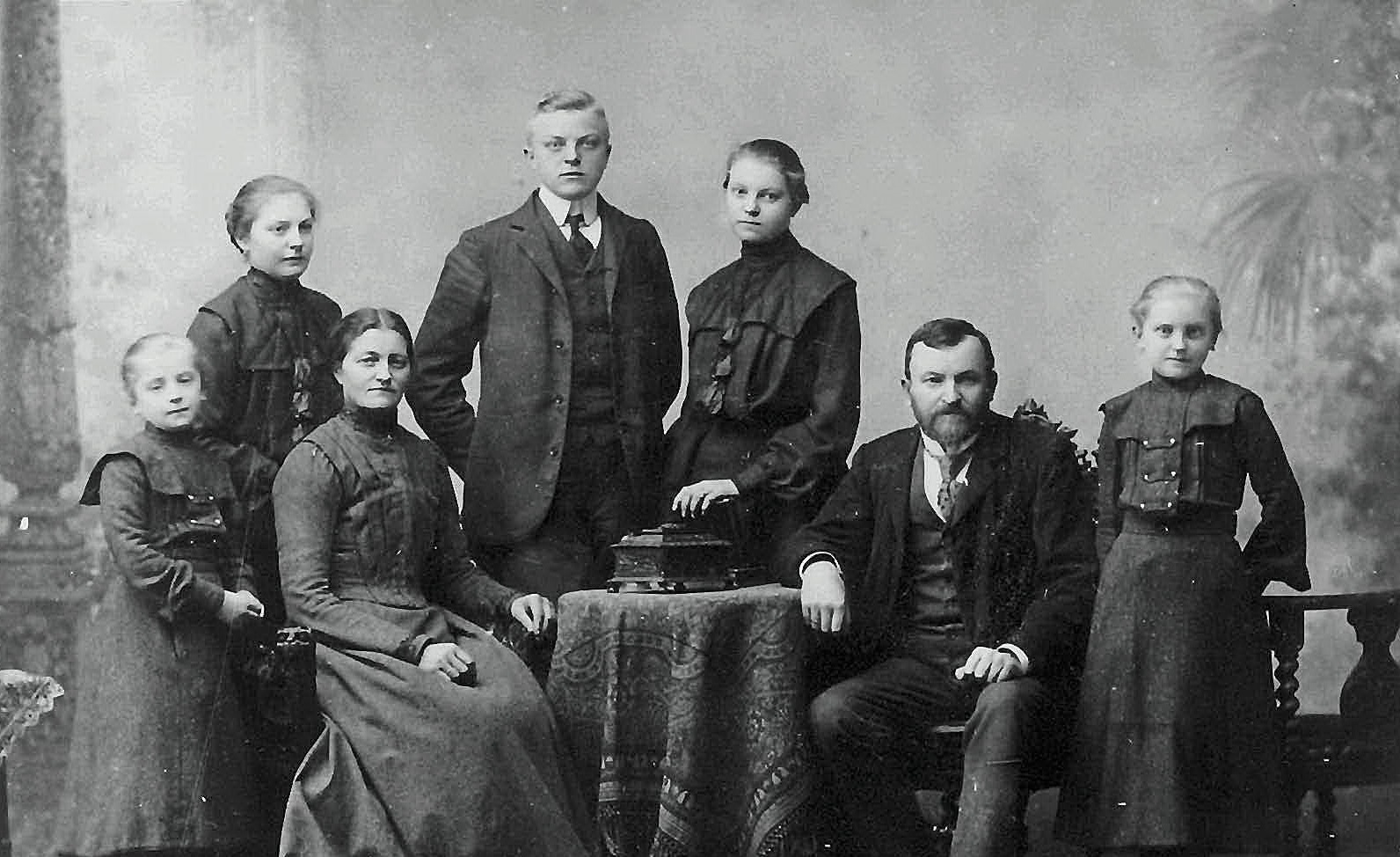


My results show me similar photos and also provide some information about that place. Photo: Disneyland’s California Adventure. In this example, I uploaded a photograph I took at Disneyland’s California Adventure in 2003. You can upload that image from your computer in the Google Images search engine, and Google will search the Internet for images that are similar. Let’s say that you have a photograph you inherited from your family and it’s of a place. Photo: screenshot of Google Images “Search by Image” options. Pasting a photo URL can be useful if you find an ancestral photo online and you want to find other instances of that photo on the Internet, thus potentially helping you find more information about your ancestor. If you click on the camera icon, you can “search by image.” Google allows you to do this by either pasting an image’s URL (a website address for a photo you found on the Internet) into the box, or by uploading an image from your computer. The third way to search is by clicking on the camera icon. A microphone icon allows you to use your voice and say what you want Google to search for. You can do what is familiar and type your search term/s. The Google Images search engine allows you to conduct three types of searches. Photo: screenshot of Google Images homepage. Let’s look at two examples of a reverse image search using the search engine Google Images. But there are other uses, and conducting a reverse image search is one way you can help identify photos and find living relatives. Haven’t you come across photos of family posing in front of a tourist site or a foreign locale on vacation and wondered, “where is that?” I’ve used a reverse image search to see if I can find where that place is. One way I have used a reverse image search is when researchers have shown me a photo of a building, monument, or a large fountain, and they aren’t sure where it was taken. Search using a photo found on a website for other instances of that photo.Search using a photo of you to see if it appears on other websites.Search using a photo you have taken to see if anyone is using that photo.Search using an heirloom to identify that item.Search using a photo of an unknown place to help identify it.Search using an unidentified ancestral photo to see if anyone has identified it.Search using an ancestral photo to find potential living cousins.

How can a reverse image search help family historians? This type of search allows you to: The search engine then looks for the same image or a similar one on the Internet. A reverse image search allows you to search by using an image. Apple’s Siri is one example of searching by voice. You may have also searched the Internet by speaking into your phone or computer microphone. But what about a reverse image search? Have you done that kind of Internet search? A reverse image search can benefit your genealogy research, and is an important technique you should learn.įirst, what is a reverse image search? Most online searches are conducted by typing a word or several words. You probably use a search engine to find everything from where the nearest bookstore is to information about your ancestors.
ANCESTRY PHOTOS SEARCH HOW TO
Most likely you know how to use online search engines. Gena is a genealogist and author of the book “ From the Family Kitchen.

ANCESTRY PHOTOS SEARCH SERIES
Introduction : In this article – part of an ongoing “Introduction to Genealogy” series – Gena Philibert-Ortega gives tips for identifying photos that aren’t labeled, using reverse image searching.


 0 kommentar(er)
0 kommentar(er)
